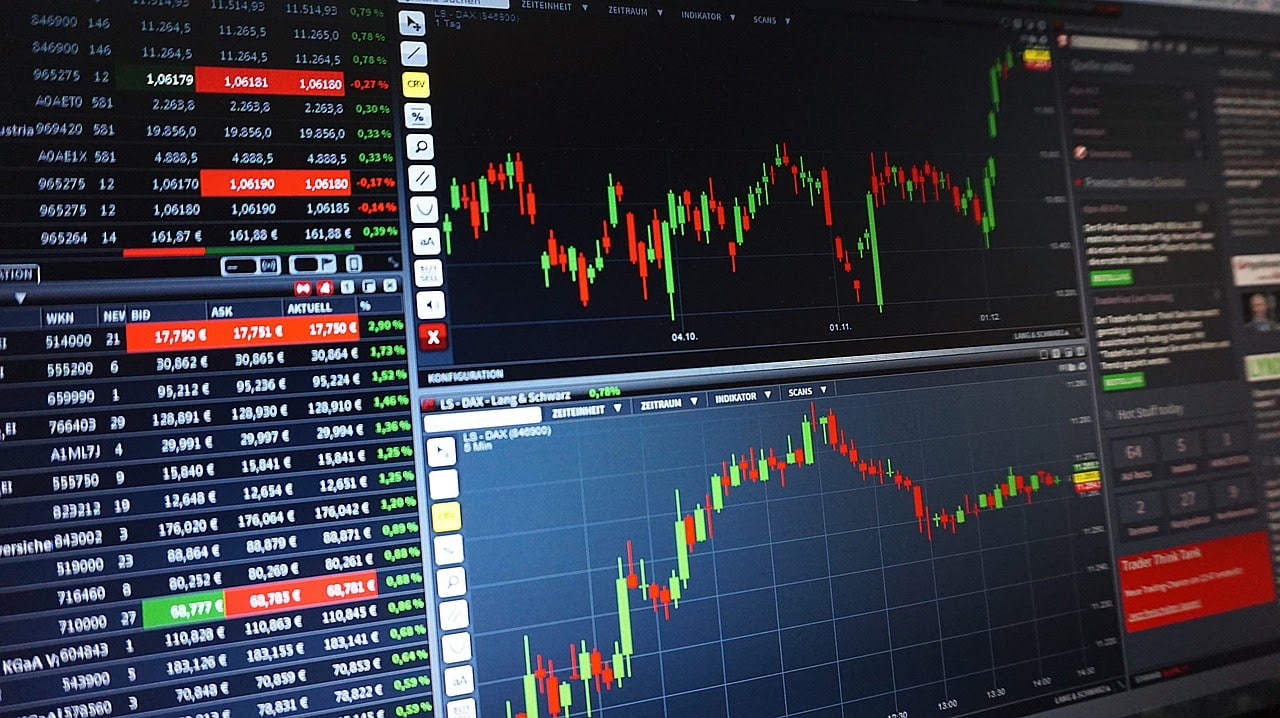LPR Holds Steady: What It Means for Borrowers and the Economy
Meta Description: This article delves into the implications of the latest LPR announcement, analyzing its impact on borrowers, the economy, and the future of interest rates. Learn about the factors influencing LPR decisions and how they affect your finances.
Introduction
The recent announcement of the Loan Prime Rate (LPR) by the People's Bank of China, where both the 1-year and 5-year LPR rates remained unchanged, has sparked discussions about its implications for borrowers, the economy, and the future of interest rates. While the decision to hold rates steady might seem straightforward, it's a complex issue with far-reaching consequences. In this article, we'll delve into the intricacies of the LPR and analyze its potential impact on various stakeholders.
Understanding the LPR: A Key Indicator for Lending Rates
The LPR, effectively the benchmark lending rate in China, is a key indicator for borrowers and lenders alike. It serves as a reference point for banks when setting interest rates for loans, mortgages, and other credit products. Think of it as a compass that guides the financial landscape. In a nutshell, the LPR dictates how much you'll pay to borrow money.
Factors Influencing LPR Decisions
Several factors come into play when the People's Bank of China sets the LPR. This isn't a random decision; it's a carefully considered move that reflects the current economic climate and policy objectives. Here's a breakdown of the key factors:
- Inflation: A major concern for policymakers is controlling inflation. If prices are rising too quickly, the central bank might raise the LPR to cool down borrowing and spending, thus slowing down economic growth.
- Economic Growth: Striking a balance between controlling inflation and fostering economic growth is a tightrope walk. The central bank might lower the LPR to encourage borrowing and investment, stimulating the economy.
- Global Economic Trends: The global economic landscape also influences LPR decisions. Global crises, interest rate changes in major economies, or international trade disputes can all impact the Chinese economy and, consequently, the LPR.
- Real Estate Market: The health of the real estate sector carries a significant weight in LPR decisions. China's real estate market is intertwined with the broader economy, so the central bank might adjust the LPR to influence housing prices and investment in real estate.
What the Unchanged LPR Means for Borrowers
For borrowers, the unchanged LPR offers a sense of stability. Existing borrowers with fixed-rate loans won't see a change in their monthly payments. Those with variable-rate loans, particularly mortgages, will continue to benefit from relatively low interest rates, making homeownership more affordable.
Impact on the Economy
The decision to keep the LPR unchanged reflects a cautious approach to managing the economy. It suggests that policymakers are wary of both pushing the economy too hard and triggering inflation. This cautious strategy aims to maintain a steady growth trajectory, fostering a healthy and sustainable economic environment.
Implications for the Future of Interest Rates
Predicting future interest rates is a tricky business, but the unchanged LPR suggests that the People's Bank of China is likely to maintain a "wait-and-see" approach for now. The global economic outlook, inflation trends, and domestic economic indicators will all play a role in determining the future trajectory of the LPR.
Understanding the Impact of LPR on Different Sectors
The LPR has a ripple effect across various sectors of the Chinese economy. Let's explore a few key sectors and how they are affected:
- Real Estate: The LPR directly influences mortgage rates, which, in turn, impact the real estate market. A stable LPR encourages homeownership, supporting the construction and property sectors.
- Manufacturing: Lower LPRs can make it easier for manufacturers to secure loans, investing in new equipment, expanding production, and creating jobs.
- Small and Medium Enterprises (SMEs): SMEs rely heavily on bank loans for funding. A stable LPR creates a predictable environment for these businesses, enabling them to plan for the future and expand their operations.
Frequently Asked Questions (FAQs)
Q: What is the LPR?
A: The Loan Prime Rate (LPR) is the benchmark lending rate in China, serving as a reference point for banks to set interest rates for loans and other credit products.
Q: How is the LPR set?
A: The LPR is determined by a panel of banks and announced by the People's Bank of China.
Q: Why is the LPR important?
A: The LPR plays a crucial role in setting interest rates for various loans, influencing borrowing costs. It impacts businesses, individuals, and the overall economy.
Q: What does the unchanged LPR mean for the economy?
A: A stable LPR indicates a cautious approach to managing the economy, aiming to maintain steady growth while controlling inflation.
Q: What does a lower LPR mean for borrowers?
A: A lower LPR generally means lower interest rates for borrowers, making loans more affordable.
Q: What does a higher LPR mean for borrowers?
A: A higher LPR generally means higher interest rates for borrowers, making loans more expensive.
Conclusion
The LPR remains a powerful tool for the People's Bank of China to influence the economy. The recent decision to keep the LPR unchanged reflects a cautious approach to managing inflation and fostering sustainable growth. This stability is likely to benefit borrowers and the economy in the short term, but the future of interest rates will depend on various economic factors, both domestically and globally. As we move forward, it's essential to closely monitor the economic climate and anticipate potential changes in the LPR to make informed financial decisions.



